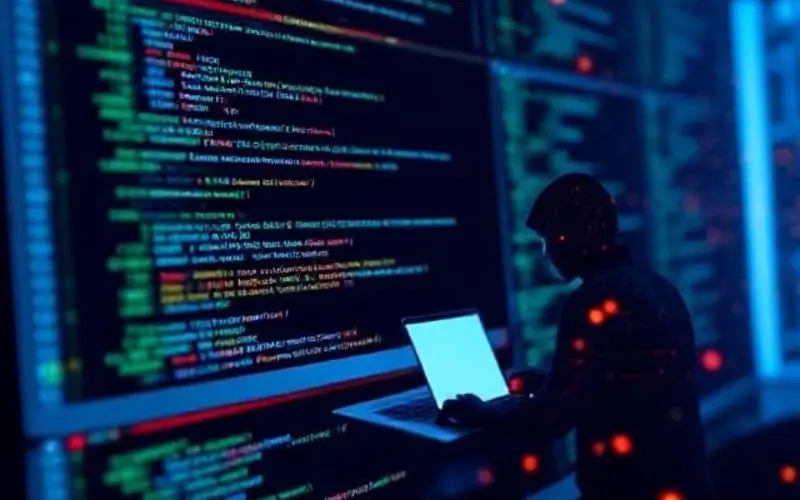
Smart contracts are the cornerstone of the decentralized economy, but they also represent its most significant security vulnerability. Unlike traditional software, which can be easily patched or updated, smart contracts on an immutable blockchain cannot be changed once they are deployed. This “code is law” principle means that any bug or logic flaw can lead to catastrophic and irreversible financial losses. This is why a thorough and independent code audit is not a luxury but a fundamental necessity for any blockchain project.
What is a Blockchain Code Audit?
A code audit is a meticulous and systematic review of a blockchain project’s smart contract code and infrastructure to identify vulnerabilities, logic errors, and security risks. This process is typically performed by a professional third-party security firm or an experienced team of ethical hackers. The audit combines both manual analysis and automated tools to ensure a comprehensive review. The outcome is a detailed report that outlines the identified risks and provides recommendations for remediation before the code is deployed to a public network.
Why Code Audits are Critical
- Immutability and Finality: Once a smart contract is deployed, it cannot be edited. A security flaw that goes unnoticed could be exploited repeatedly, with no central authority to stop it. A code audit is the only opportunity to catch these vulnerabilities before they are set in stone.
- Protection of Digital Assets: Smart contracts often manage millions or billions of dollars in digital assets. A single bug, like the one that led to the infamous DAO hack in 2016, can have devastating consequences. The DAO attack exploited a “reentrancy” bug in the smart contract’s code, allowing a hacker to drain millions of Ether before the contract’s balance was updated.
- Building Trust and Investor Confidence: In an ecosystem where trust is paramount, an independent audit serves as a powerful signal to users and investors that a project is committed to security. Audited projects are seen as more reliable and professional, which can significantly influence user adoption and attract investment.
- Identifying Common Vulnerabilities: The blockchain security community has identified a number of common vulnerabilities that often lead to exploits. Audits are designed to look for these specific issues:
- Reentrancy Attacks: A vulnerability that allows an attacker to repeatedly call a function to drain funds from a contract before the balance is updated.
- Oracle Manipulation: Exploits that manipulate the price data fed to a smart contract by an external oracle, leading to financial losses.
- Integer Overflow/Underflow: Arithmetic errors that occur when a variable exceeds its maximum or minimum value, leading to unexpected and exploitable behavior.
- Access Control Issues: Flaws that fail to properly restrict who can execute certain sensitive functions, allowing unauthorized users to drain a contract’s funds.
The Auditing Process
A typical code audit follows a structured process:
- Information Gathering: The auditing firm collects all relevant documentation, including the project’s whitepaper, code, and design specifications.
- Automated Analysis: Automated tools are used to scan the code for a wide range of common vulnerabilities and coding errors. While fast and efficient, these tools are not a substitute for human review.
- Manual Code Review: This is the most critical and labor-intensive part of the audit. A team of security experts manually reviews the code line by line, looking for logical flaws, potential attack vectors, and other vulnerabilities that automated tools might miss.
- Report and Remediation: The auditing firm provides a detailed report of its findings, categorizing vulnerabilities by severity and providing recommendations for how to fix them. The project team then works to implement these fixes.
- Re-Audit: After the fixes have been implemented, a follow-up audit is conducted to ensure that all vulnerabilities have been successfully resolved and that the fixes have not introduced new issues.
Major Players in the Auditing Space
The talent shortage in blockchain security has led to a few well-known firms dominating the auditing landscape. Companies like CertiK, Trail of Bits, PeckShield, and OpenZeppelin are among the most trusted names in the industry.
In a world where millions of dollars can vanish in a single transaction, a security audit is a small but critical investment that protects not only the project’s assets but also its reputation and the trust of its entire community.


